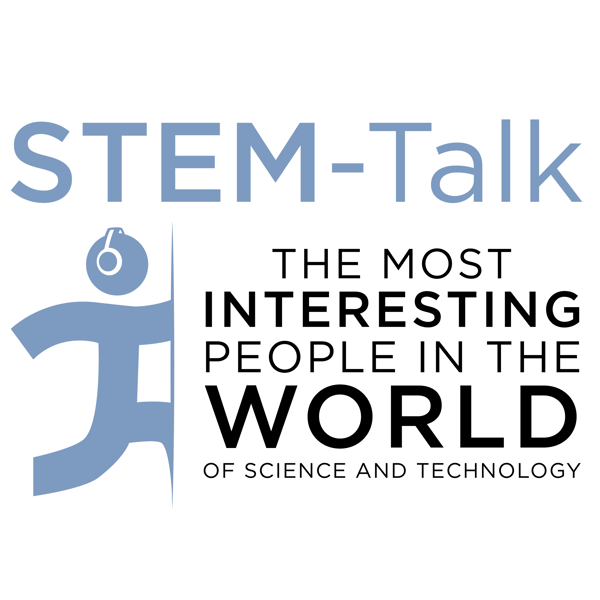Episode 65: Dr. Brendan Egan talks about the importance of muscle and his research into exogenous ketones
STEM-Talk
Dawn Kernagis and Ken Ford
4.6 • 694 Ratings
🗓️ 5 June 2018
⏱️ 76 minutes
🧾️ Download transcript
Summary
Transcript
Click on a timestamp to play from that location
| 0:00.0 | Welcome to STEM Talk. |
| 0:01.1 | Stem Talk. |
| 0:02.0 | Stem Talk. |
| 0:03.0 | Stem Talk. |
| 0:04.0 | Stem Talk, where we introduce you to fascinating people who passionately inhabit the scientific and technical frontiers of our society. |
| 0:14.0 | Hi, I'm your host, Don Cornagus, and joining me to introduce today's podcast as the Man Behind the Curtain, Dr. Ken Ford, |
| 0:20.0 | IHMC's director and chairman of the double secret selection committee that selects all the guests who appear on STEM Talk. |
| 0:25.6 | Hi, Dawn. Great to be here. |
| 0:27.6 | Dr. Brendan Egan is Associate Professor of Sport and Exercise Physiology at Dublin City University. |
| 0:33.6 | He is perhaps best known for research that shows resistance training can improve strength, |
| 0:39.3 | muscle mass, and reduce the incidence of falls and fractures in older people, perhaps even |
| 0:43.3 | extend lifespans. |
| 0:45.3 | His current research interests concern the nutritional enhancement of performance across the |
| 0:50.3 | lifespan and the molecular regulation of skeletal muscle function and adaptation in exercise, |
| 0:57.0 | health, and aging. |
| 0:58.7 | But before we get to today's interview with Brendan, we have some housekeeping to take care of. |
| 1:03.1 | First, we really appreciate all of you who have subscribed to STEM Talk, and we are especially |
| 1:07.8 | appreciative of all the wonderful five-star reviews that are piling up on iTunes. |
| 1:11.5 | As we announced in several earlier episodes, the double secret selection committee has been |
| 1:15.9 | continually and carefully reviewing the iTunes reviews with an eye towards selecting the wittiest |
| 1:20.4 | and most lavishly praised-filled reviews to read on STEM Talk. |
| 1:23.5 | As always, if you hear your review read on STEM Talk, just contact us at STEMTalk at IHMC. |
... |
Please login to see the full transcript.
Disclaimer: The podcast and artwork embedded on this page are from Dawn Kernagis and Ken Ford, and are the property of its owner and not affiliated with or endorsed by Tapesearch.
Generated transcripts are the property of Dawn Kernagis and Ken Ford and are distributed freely under the Fair Use doctrine. Transcripts generated by Tapesearch are not guaranteed to be accurate.
Copyright © Tapesearch 2025.

